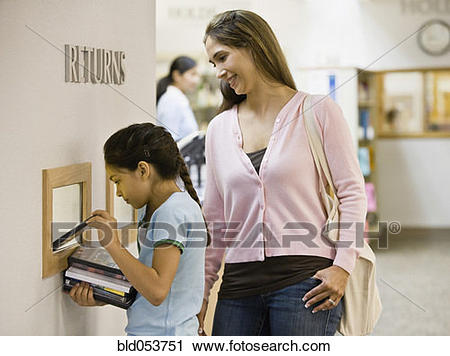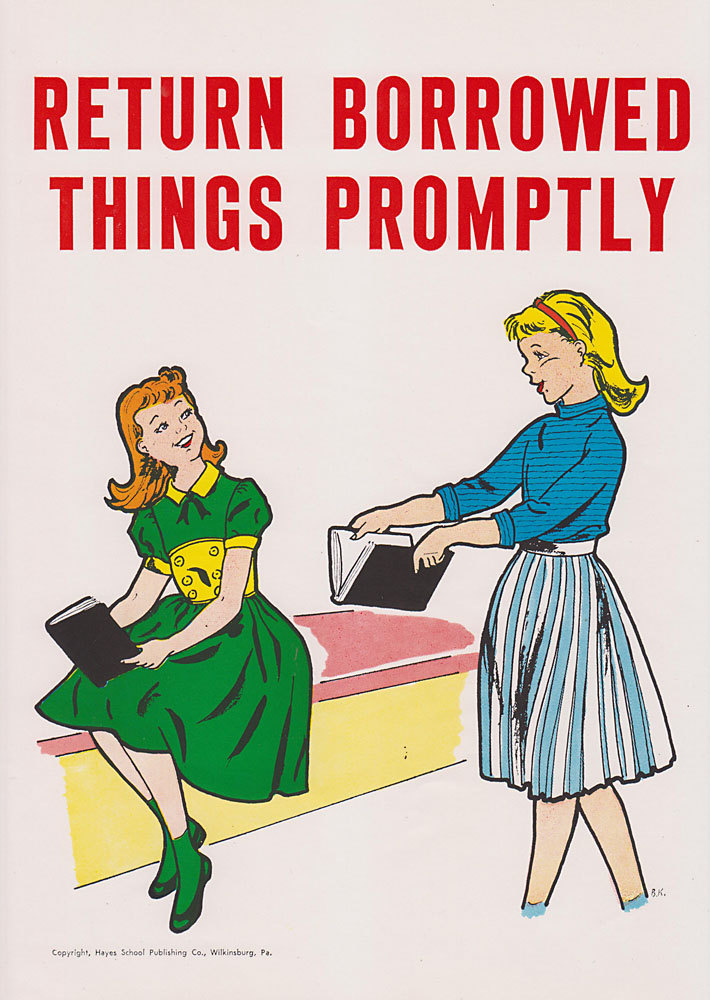TEACHING A CHILD : DIFFERENCE BETWEEN BORROWING AND KEEPING OTHER PEOPLE'S THINGS
Hello, Steemians!

Image Source
You open your child's bag and find things inside that don't belong to her. The following day, she comes home from the playground with neighbor's toy in hand. Sounds's familiar? How often does your child come home with other people's things and how do you handle it? Sometimes, it's a simple as spotting the item, asking him about it, and explaining the situation to him right away.
A CHILD HAS TO LEARN AND RESPECT OTHER'S PEOPLE PROPERTY HERE'S HOW:
A. START EARLY

Image Source
At age two or three, a child should be taught what belongs to him and what does not. This is the developmental stage where there is already Separation Individuation meaning the child already knows that a person is separate physically and psychologically from his object, which is most of the time his mother. A two or three-year-old might not yet fully understand that some things do not belong to him but to his mother because they are two separate individuals. What's important is for adults to start introducing the concept of other people's ownership to the child while he is still young. Moreover, '' When the mom or other adults around him start respecting what belongs to the child, he can learn how to respect other people's property as well.''
B. BE A ROLE MODEL

Image Source
- Setting a good example will go a long way in training children to respect other people's property. Young children copy what their parents do, so if you want them to learn how to ask for permission before borrowing things and the importance of returning them, you have to show them how it's done.
C. BE CLEAR AND CONSISTENT

Image Source
- Being consistent in what you do is better than just giving lengthy explanations, If you return borrowed books on time, return other borrowed items on time too. Nevertheless, it would help to clearly explain rules and regulations and indicate the consequences of not complying such as having to pay library penalties and fines. and differentiate clearly what's his and what isn't.
D. HELP YOUR CHILD REFLECT

Image Source
- Ask her/ him, How would you feel if Someone didn't return ( insert your Child's favorite toy)? Giving concrete examples of someone talking or borrowing something from her wherein she/he has difficulty lending it gives her/him the opportunity to understand how the other person may feel. It is also important to remind children to take care of borrowed items and to return them on time. and ask her/ him to imagine how she/he would feel if someone took her/him things without asking her/ him first, or return them to her/ him broken or dirty. How would she/he feel if someone never returned them?
E. MANAGE YOUR EXPECTATIONS

Image Source
- Free items or gifts should be clearly identified and differentiated from things that are lent for temporary use and are expected to be returned. Some examples are the toys, books, and magazines found in the waiting area of the Pedia's clinic. Make sure you point out to your child that he can use borrowed items for a limited time and with extra care, and that he should return them within a certain period.
F. GET CREATIVE

Image Source
- Uses of pictures, audio clips, and stories to bring home a point. Stories where characters ask for permission to borrow things from others and then return.Make sure your children internalize the concept of your story.
I believe its worth the Effort because the values you teach them will be with them until they Grow Older.

Image Source
Best regards,
@thefairlady
Thank you for reading Steemians ...... until next time... Salamat ka.ayo <3
I am excited to hear your thoughts just comment down below...

Add sndbox in your tags, maybe that would help you :)
thank you @chuuuckie for the advice. okay, I will add sandbox as my tag. :)
Children who are immensely happy are more focused on learning and ofcourse fast learners.N
thank you for reading my post @abchro . yes! I agree with you a child that is happy they are positive in life so everything is easy for them ;)
Good post miss @thefairlady, totally agree with what you posted.
WOW.. This is Amazing This deserves a resteem. Make sure to check Minnow Supporter so that you will be guided on how I can help you more ;)